Before plunging into a bright, new, sparkly school year, pause for a moment. Reflect. Objectively assess your previous school year, glean nuggets of experience wisdom, inhale deeply and then…let out a “whoop” and dive into your next learning adventure.
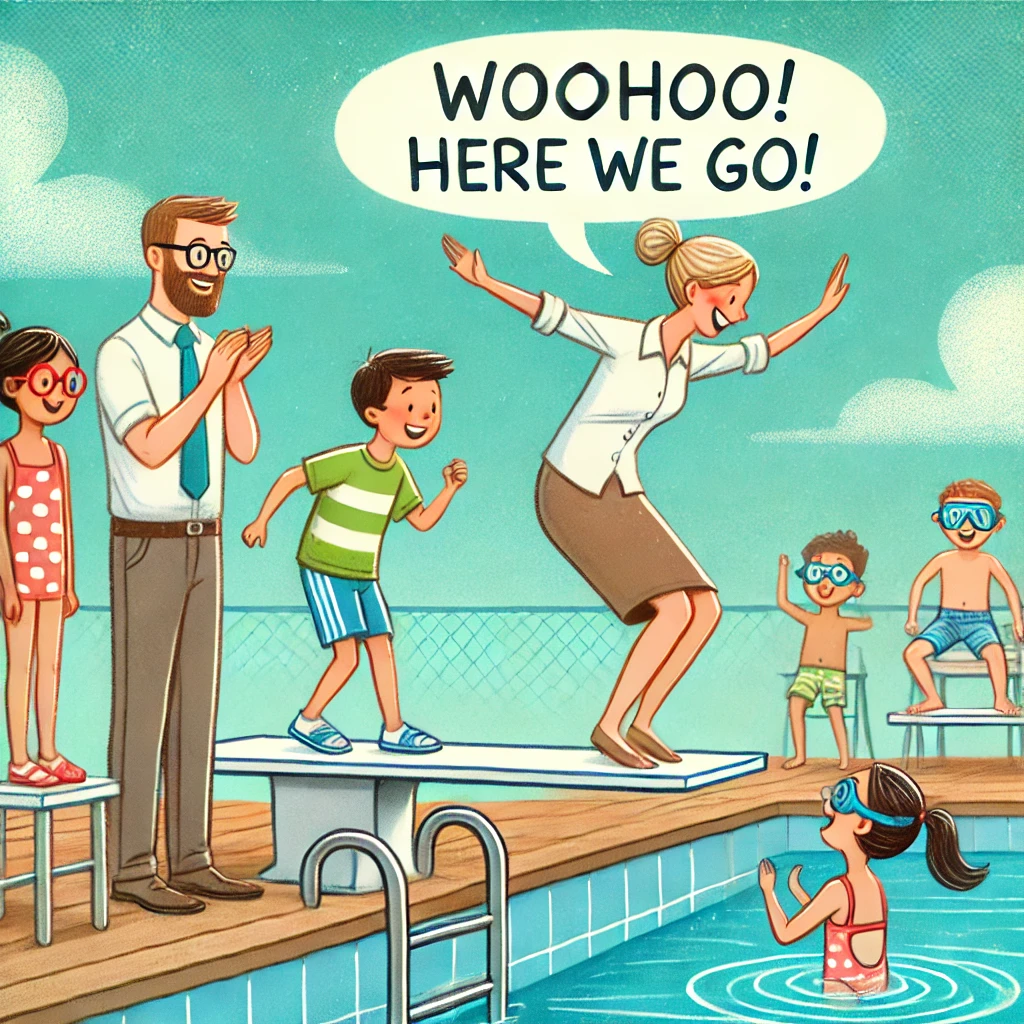
Tap into last year’s wisdom to inform next year’s plans.
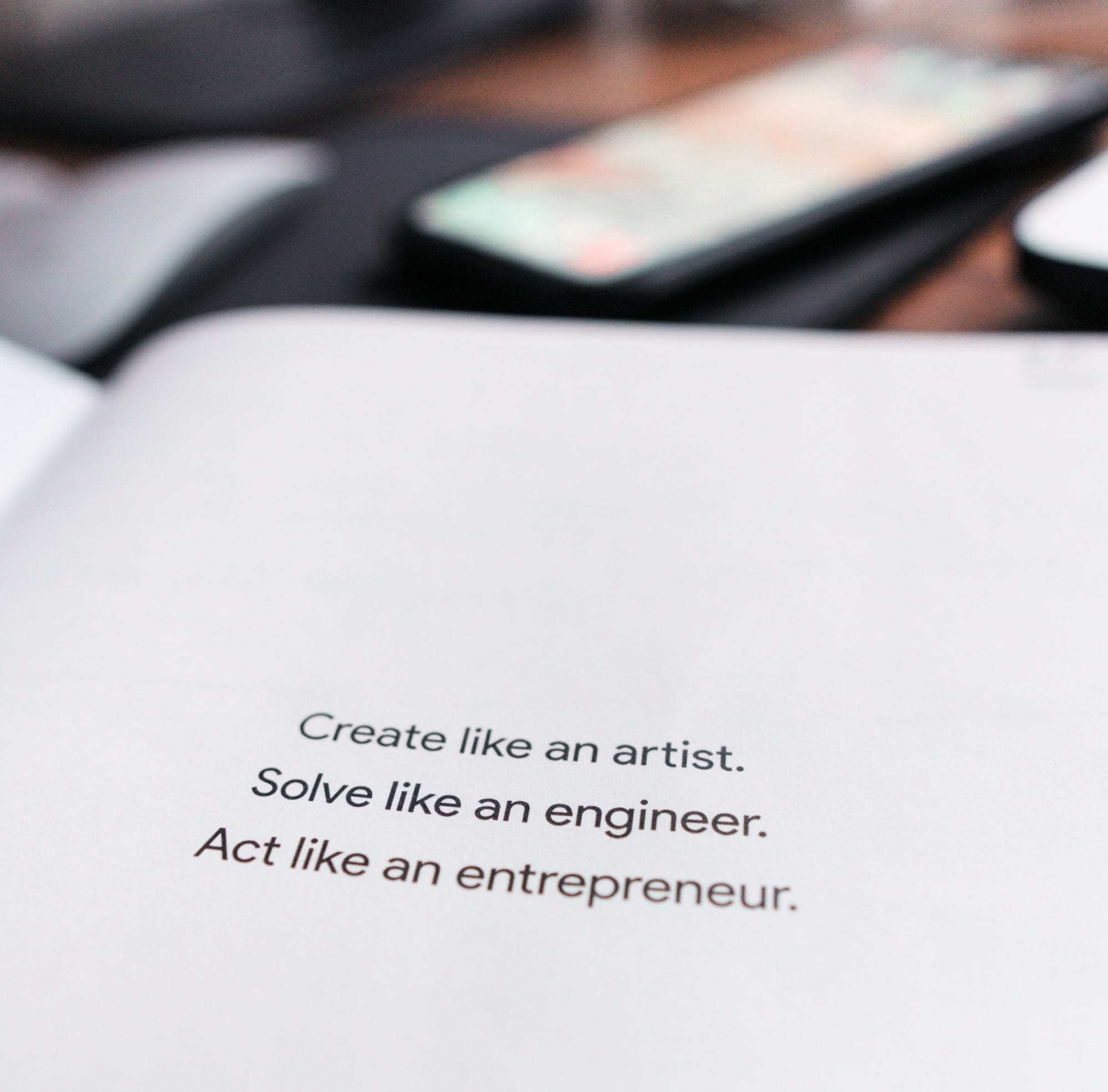
Edupreneurs and eduparents often contemplate the burning question “how are things going?” – on a yearly, monthly, daily and sometimes, even hourly basis! Take a deep calming breath, don a relaxed frame-of-mind and glance back at last year for glimmers of insight in planning next year.

Points to Ponder
Consider the overall atmosphere of your learning environment. Did the space reflect the tone you want to foster? Did environmental factors enhance or distract student engagement? What affordable, realistic modifications might boost learner concentration and teacher motivation?
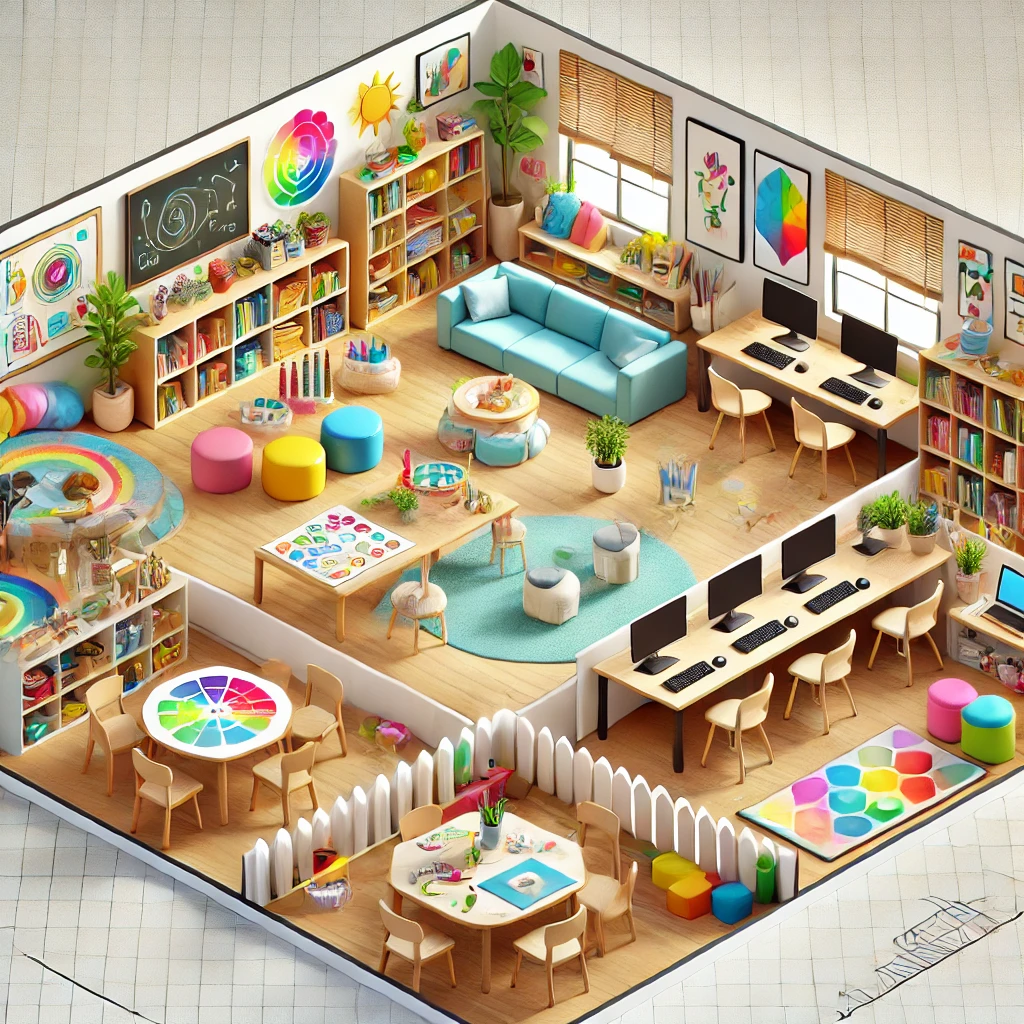
Rate the learning effectiveness and teaching efficiency of your curricula. Which teaching methods seemed to work best with each student? Did certain lessons “light up” learners – or conversely – put them to sleep?
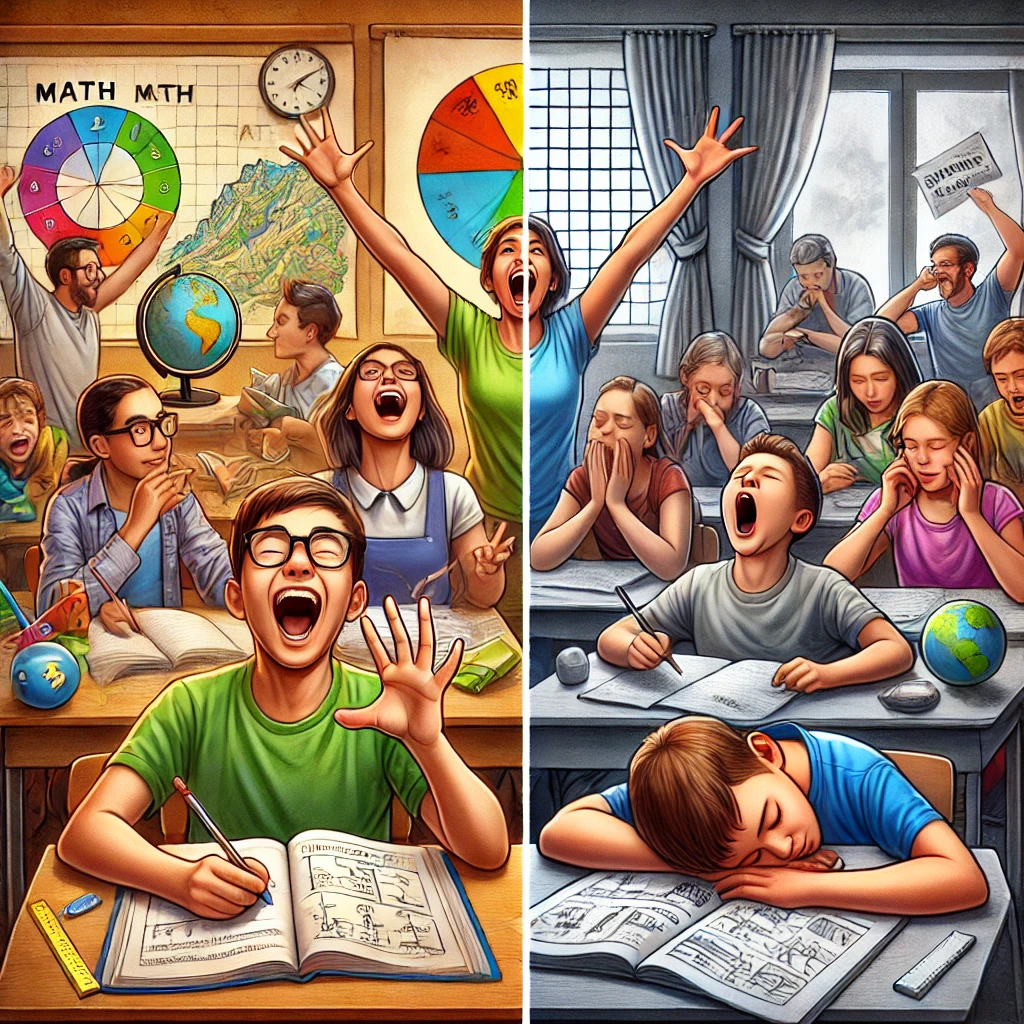
Think about the objective and subjective metrics used to determine student goals and progress milestones. Did you have effective, reasonable and simple metrics in place? Did those metrics accurately and realistically assess learner progress? Were evaluation approaches effective in highlighting potential progress gaps, as well as triumphs? Were they straightforward and easy to use for both teachers and families?
You have to measure progress to assess progress.
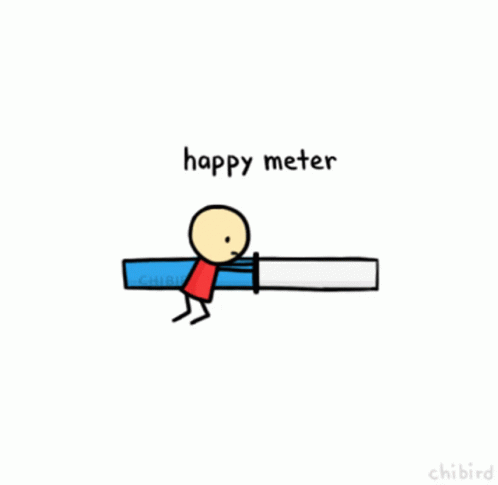
If digital tools were part of your learning plans, did they meet the goals you set for instruction, communication, and collaboration? Did older learners increase their technology skills in a way that translated to heightened project success? As an instructor, did you embrace technology in a way that eased your workload and allowed you to maximize teaching time and strategies?

Evaluate the level of parent/family involvement in learners’ educational paths. What types of opportunities were in place to encourage communication and collaboration among teachers, learners, families and community supporters? Were communication channels clear and easily accessible? Did collaboration efforts contribute to improved outcomes for students?
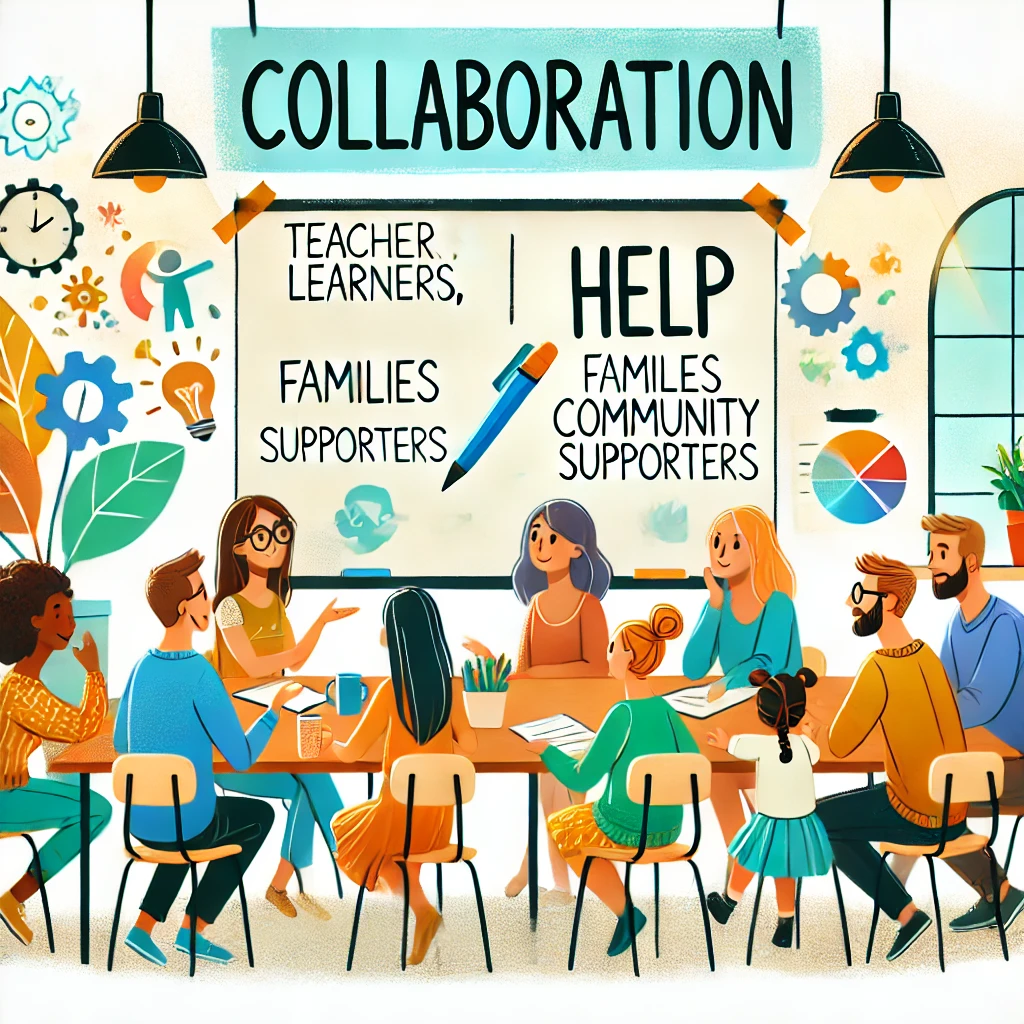
For both students and teachers, what practices best contributed to holistic development, supporting not only educational needs, but also socioemotional needs of learners and teaching professionals? Did your motivation systems encourage and spur new ideas?
How effective were professional development initiatives in enhancing teaching practices?
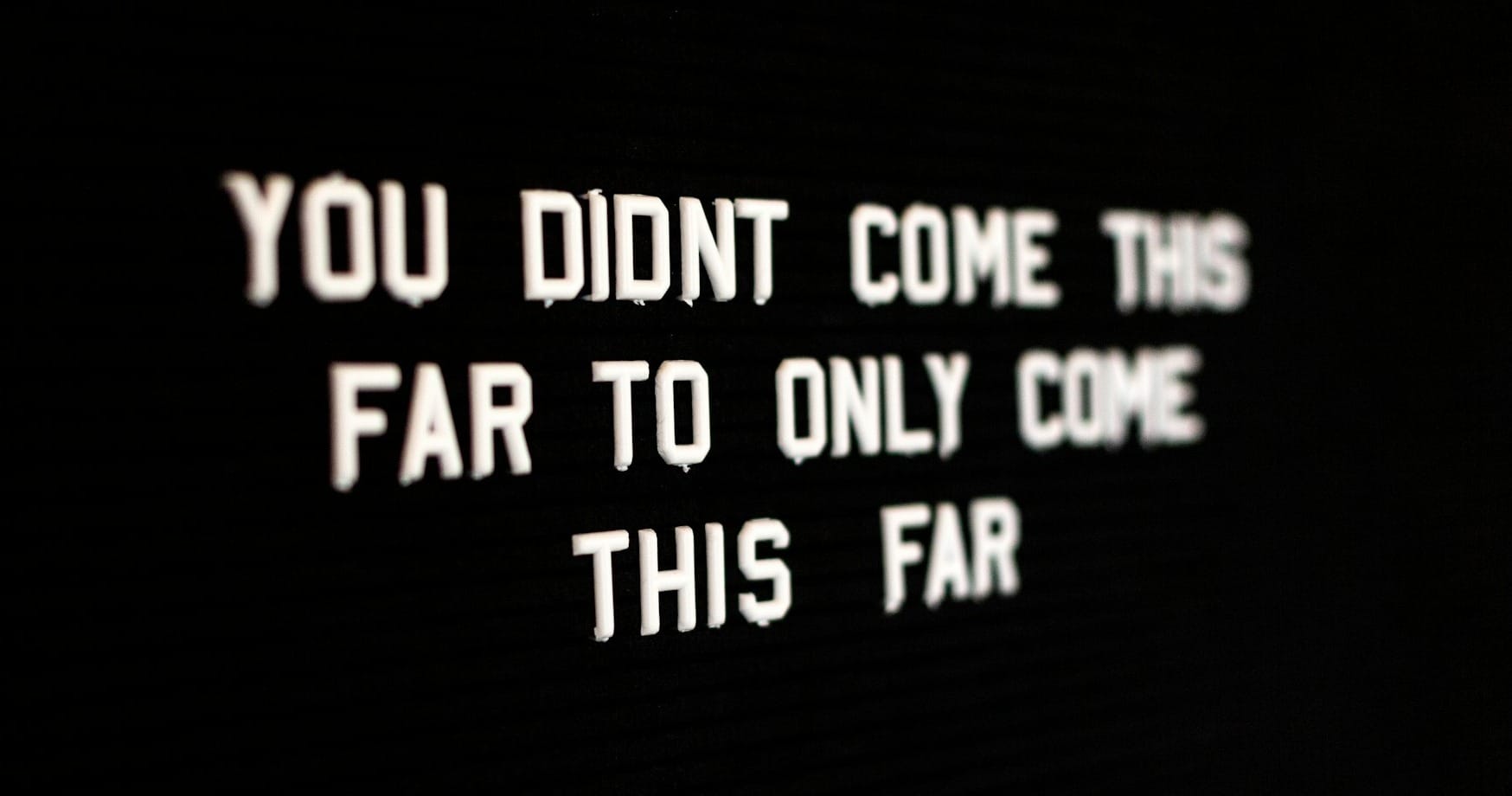
What was the most important lesson you learned last year? What was each learner’s greatest victory? What was each learner’s greatest challenge? Use last year’s highlights to crystallize specific goal planning for this year.
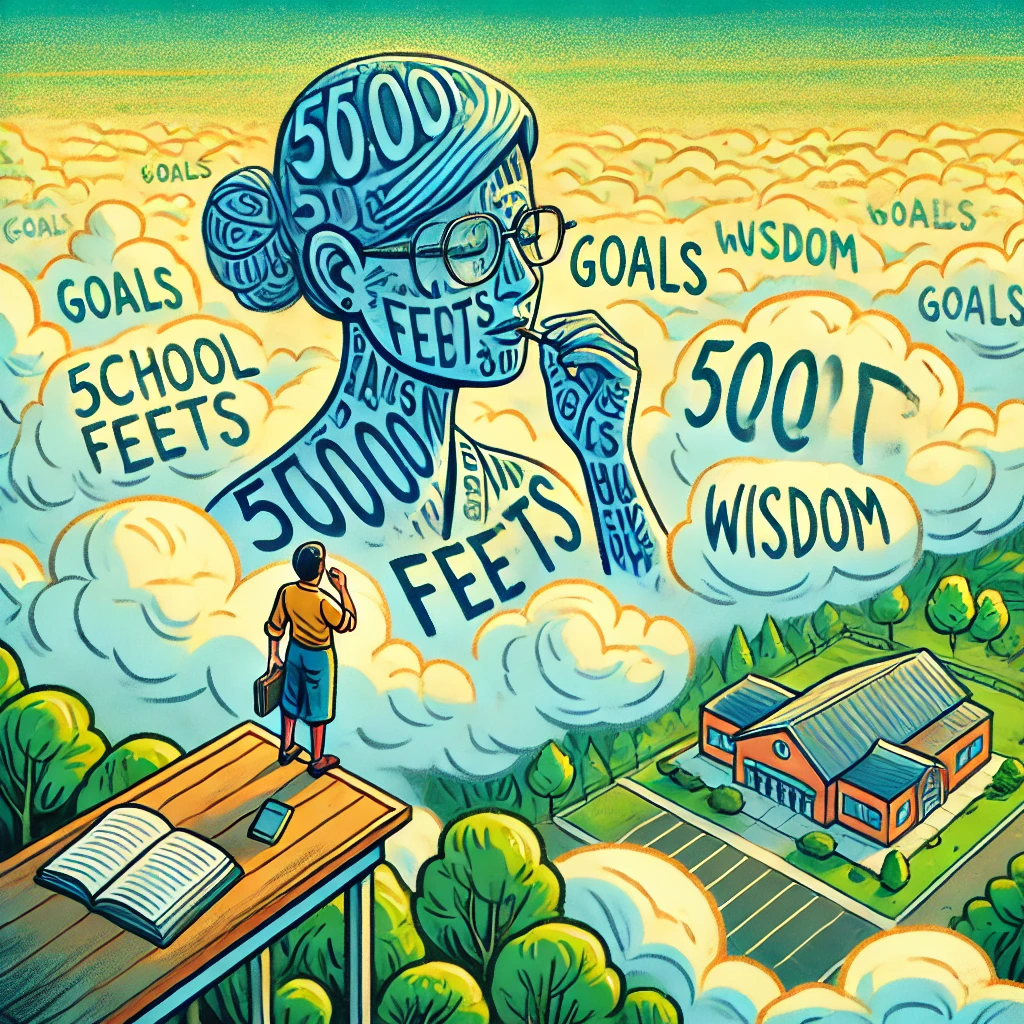
After you’ve identified what worked great and not-so-great last year, set goals for the upcoming year. Focus on positive tweaks within the realm of your control, prioritize adjustments and don’t try to change everything at once.
Education is a marathon, not a sprint. Set learners and teachers up for success by implementing incremental, consistent changes throughout the school year, instead of grand and glorious ones that flame up red-hot and then fizzle out in a flash.
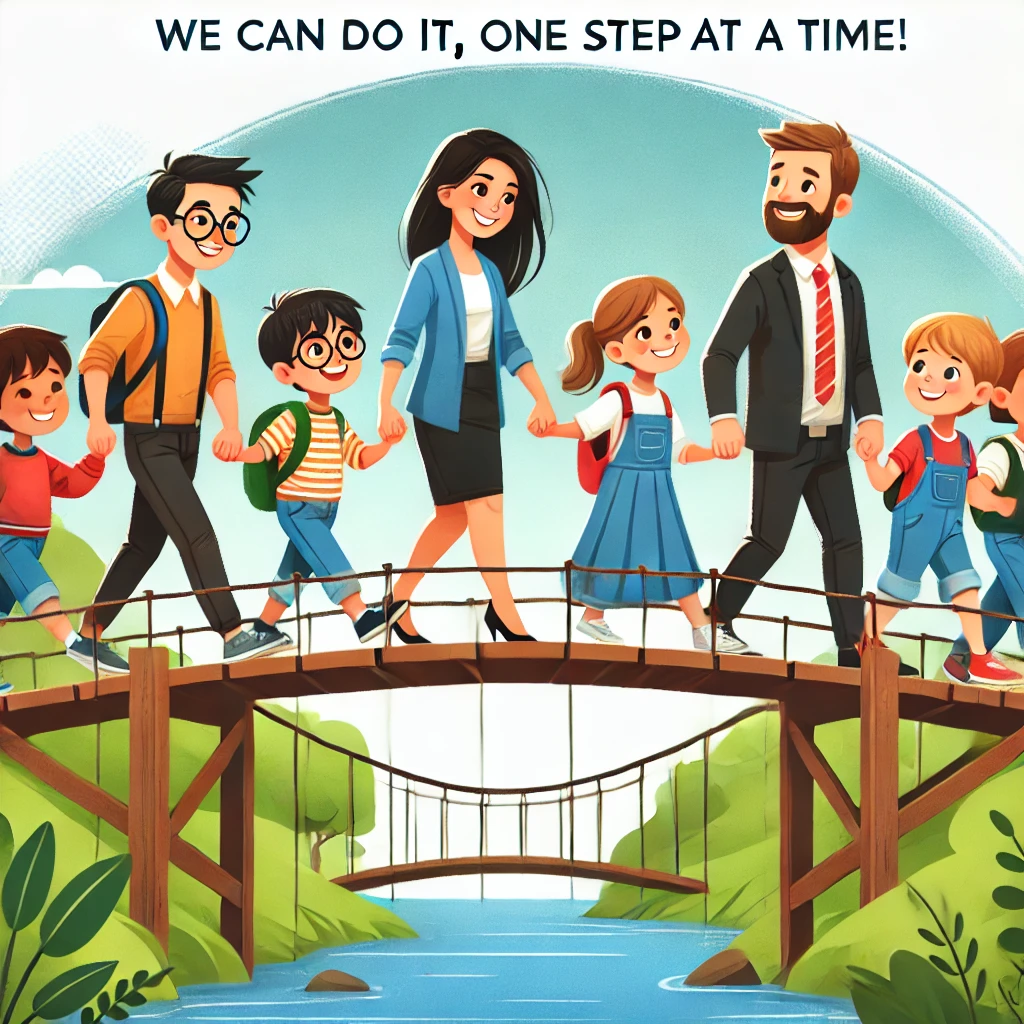
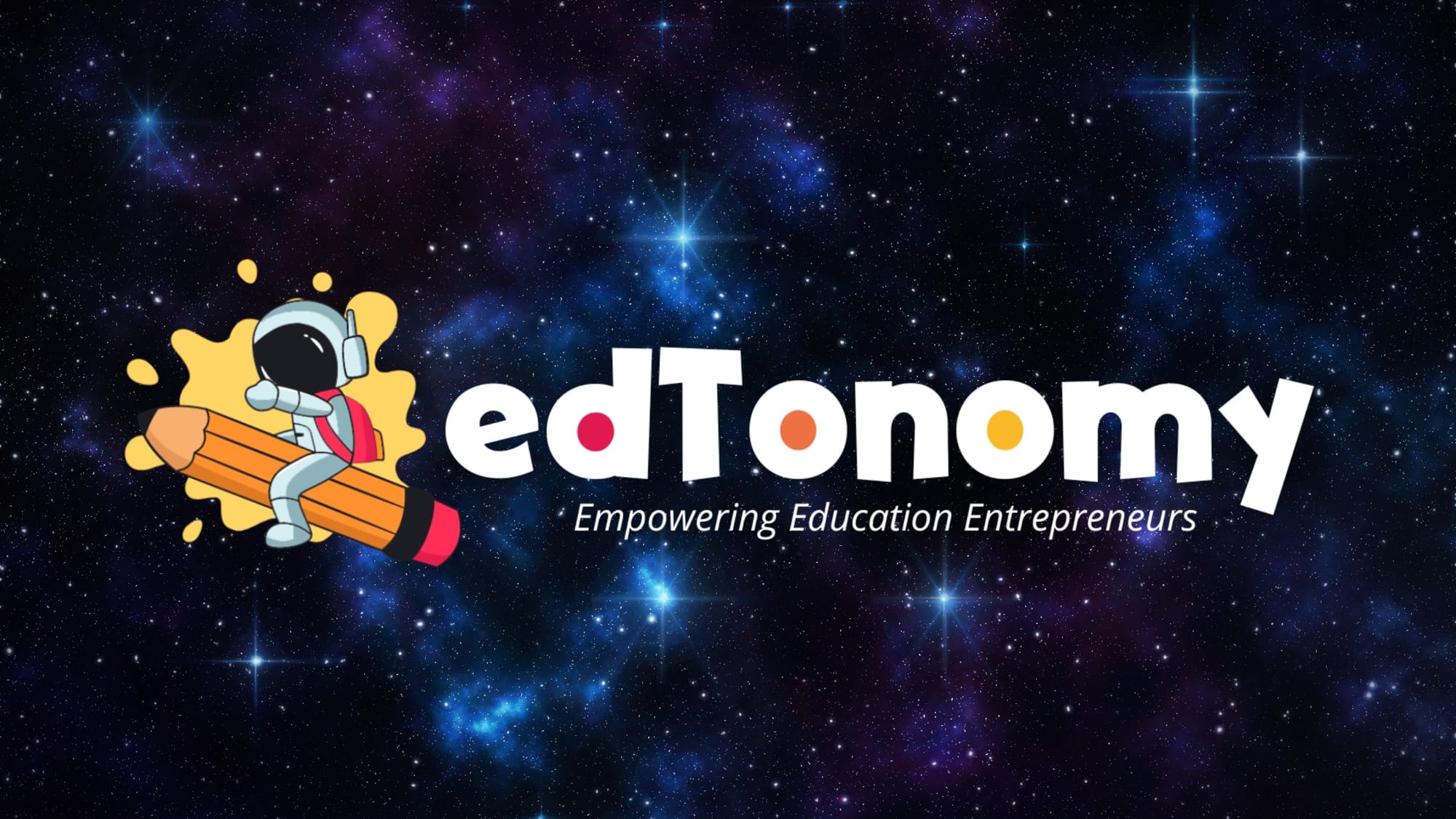
Create a Community-Led Classroom
Step into the world of microschooling with a community-first approach. Learn how to navigate, harness, and start building your heart-led community, setting the foundation for a successful microschool journey.
Create a Community-Led Classroom

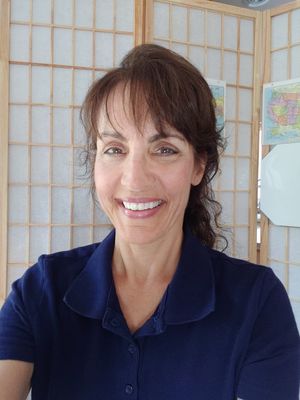







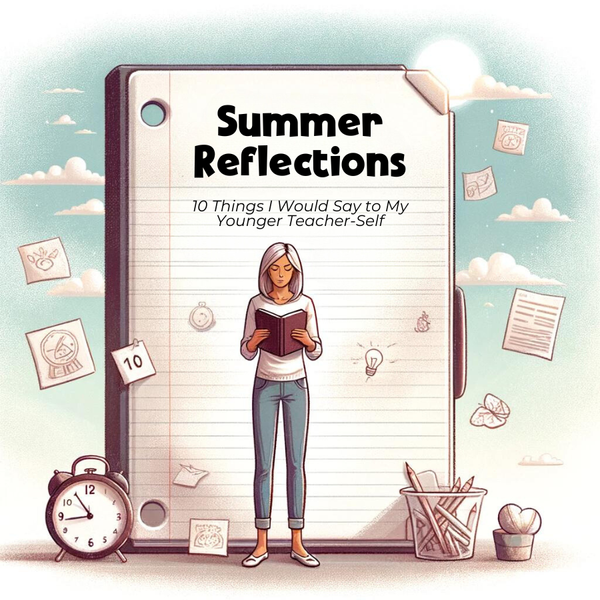

Member discussion